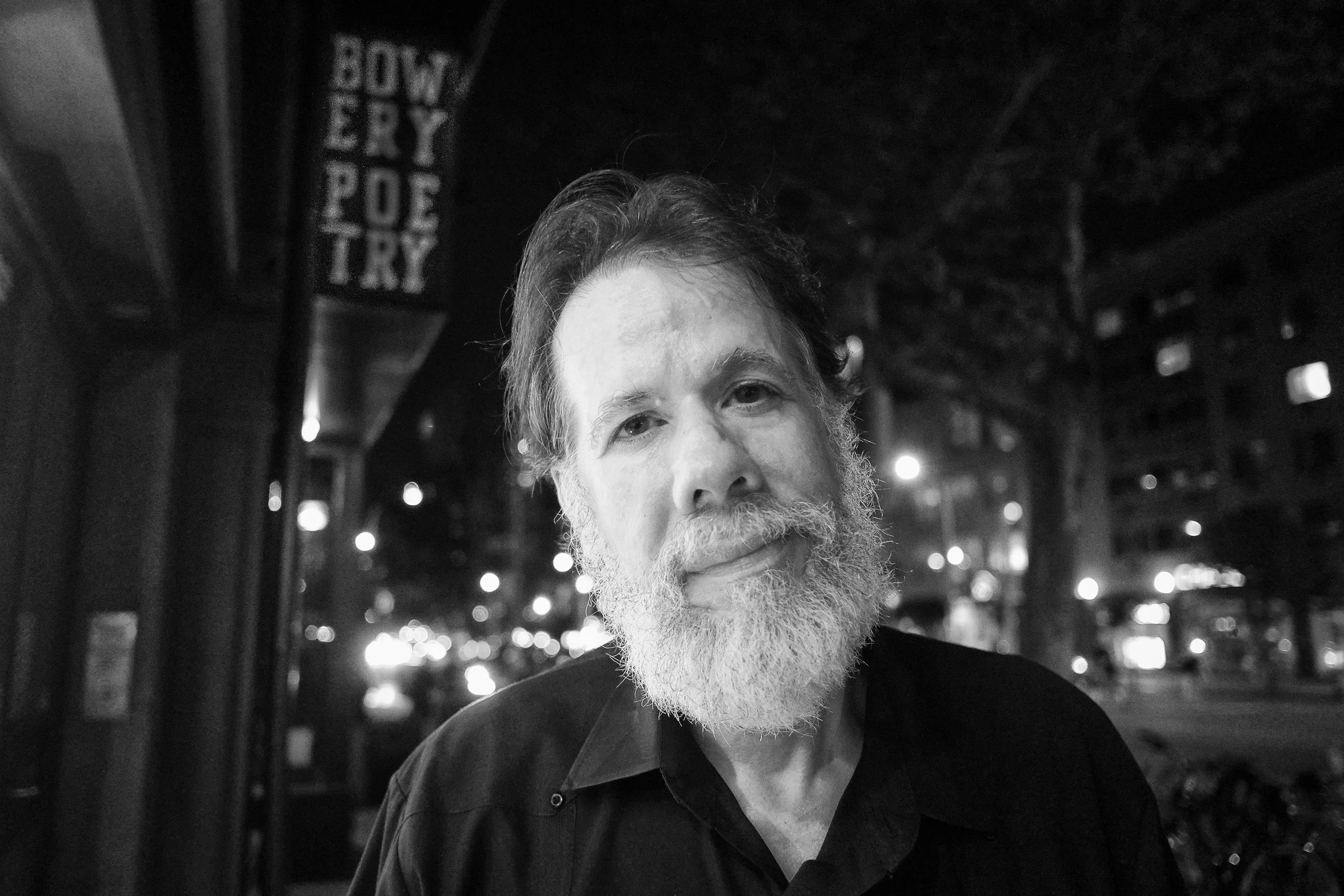Our post-civil-rights society is rapidly sliding backwards. For an artist to make a claim to any progressive ideology, they require some intersectional legs. Taylor Swift’s newest album, The Life of a Showgirl, disappoints by proudly touting an intentionally ignorant perspective of feminism-as-hero-worship. It is no longer enough for young women to see Swift’s success and imagine it for themselves. While that access is unattainable for most people, the artists who position themselves as thoughtful contributors to public consciousness through their art must be held accountable to their positionality.
After the release of Midnights (2022), Alex Petridis wrote an excellent article for The Guardian, where he said of the album, “There’s an appealing confidence about this approach, a sense that Swift no longer feels she has to compete on the same terms as her peers.” The Life of a Showgirl dismantles this approach. At the top of the show business world, it feels like Taylor is punching down and rewriting feminism away from a critical lens into a cheap personal narrative.
For better or worse, Taylor Swift has been positioned as a significant popular feminist figure. Certainly, she advocates for women, shares her platform with them, and critiques the music industry through the lens of her own experiences. But, in a brilliant essay, Brenda Cossman says, “Feminism, as an analytic lens on gender as an axis of power, can and should be supplemented, challenged, and confused by other theoretical and analytical frames”. Taylor fails to supplement her ideas of feminism, leaving critics to wonder for years now at the authenticity of her feminist framework and her perhaps unhelpful contribution to public dialogue. Certainly, this album fails to make a contribution.
Anika Sapra, in an article for Women's Media Center, attaches the popular term “white feminism” to Swift’s ideology, saying “...white feminism seeks control over systems of oppression instead of liberation for all. If Swift were an intersectional feminist, she would be working to dismantle these systems of oppression instead of working to entrench herself more deeply in a system that benefits her and actively works against women of color”. The implication is that Swift focuses on creating space for herself within an oppressive system, rather than prioritizing the systemic well-being of women. Swift insults feminism as an ideology by adopting it as a marketing strategy rather than an actual framework for her creativity.
The core feminist problem in Swift’s newest album is a complete, to-the-point, intentional misunderstanding of her peers’ art. Swift’s song Actually Romantic allegedly ridicules her industry peer, Charli XCX. Specifically, Actually Romantic seems to refer to XCX’s song Sympathy is a knife. Actually Romantic positions Sympathy is a knife as a diss track — which it fundamentally is not.
Sympathy is a knife explores Charli XCX’s own insecurities about existing in the current music industry, completely dominated by a monolith like Taylor Swift. The song says, “this one girl taps my insecurities / Don’t know if it’s real or if I’m spiraling… ‘Cause I couldn’t even be her if I tried”. In the self-evident reading of these lyrics, XCX says much more about her own self-perception and the reality of existing as a woman musician in an environment that currently heavily rewards one specific female artist with one particular feminist perspective.
Swift’s feminist perspective ruptures because it elevates the individual above intersectional thinking. While Sympathy is a knife that considers broader industrial questions through the two figures of Swift and XCX, Swift’s rebuttal reduces XCX, and her portrayal of her insecurities to being, “Like a toy chihuahua barking at me from a tiny purse”. That kind of hostility toward genuine expression and nuance, particularly by an industry giant, coated in an idea of feminism, means that Taylor Swift’s conception of feminism cannot separate itself from economic idealization - that because she is the money-maker, she gets to decide what’s acceptable expression and what’s “shade”.
Stepping back from Actually Romantic, other songs in the album have some unattractive features, as well. In her documentary Miss Americana, Swift said, “There is no such thing as a slut. There is no such thing as a bitch (italics mine). There is no such thing as someone who’s bossy, there’s just a boss”. Swift deconstructs the language that tries to redefine feminine autonomy as viciousness. Yet, a few years removed from that documentary and the musical projects that coincided with it, Swift seems comfortable slipping into similar reductions. In her song Honey, Swift sings, “And the bitch was telling me to back off / ‘Cause her man had looked at me wrong”. Again, Swift is centering herself and readily feeds into patriarchal reductions when she reinforces her individual superiority.
Fans are not only upset with the new album for its lackluster sound, but also because Swift, as a massive artist, contributes heavily to public dialogue through her art. As conservative language continues to dominate our socio-political landscape, we must reject irresponsible uses of progressive ideology as a marketing strategy.
Contributing to public dialogue at this time entails a massive responsibility, which Swift set down for this album. As fans, we can hope for better in the future. Meanwhile, we must carefully use our own language to hold each other accountable, express ourselves, and keep our communities safe in such openly hostile climates. While art still has the capacity to influence public dialogue with thoughtfulness and nuance positively, we should be willing to listen. Art provides the pathos for resistance, and we have no use for artists who use their art to mitigate that pathos.
Mac Chamberlain is a fourth-year English and Spanish major at Lipscomb University.
The Fulcrum is committed to nurturing the next generation of journalists. To learn about the many NextGen initiatives we are leading, click HERE.






















